I have 2 meters, 32wg, 19 ohm per meter. NIchrome wire
I want to calulate what amps and volts i need so 2 meters of nichrome heats to 35 celsius.
How can i calulate this and what formula do i need to use.
I have 2 meters, 32wg, 19 ohm per meter. NIchrome wire
I want to calulate what amps and volts i need so 2 meters of nichrome heats to 35 celsius.
How can i calulate this and what formula do i need to use.
You can't. Sorry.
The temperature of the wire depends not only on the electrical power on this wire, but also on the ambient conditions - i.e. how the heat is dissipated. This way, the temperature of the wire will not be constant in time, but will change depending on the air temperature and movement, materials that are in contact with the wire and so on.
In order to make the temperature constant you will need to make the ambient conditions pretty stable, or to use temperature regulator that to regulate the electrical power on the wire in order to get the same temperature in different conditions.
As long as the theory behind such phenomenons is too complex, the calculations are actually possible, but very complex. In most cases, experimental way is much more reliable and useful.
Simply use regulated power supply and change the wire current until the temperature becomes what you need. But always remember that in other conditions it will be different.
It can be done but it's not especially easy.
Measure its resistance at a known temperature, and calculate what resistance you expect at the desired temperature.
This Wikipedia article describes how the resistance of various materials including Nichrome varies with temperature.
Drive it with a known voltage and measure the current. (the current will vary until the temperature has stabilised). Or a fixed current and measure the voltage, if that is easier.
From the known voltage and measured current, compute the resistance.
If this doesn't correspond to the desired temperature, readjust the drive voltage and repeat...
Best source of information would be in the datasheet for your wire.
Barring that, there are some common things that would help. Current is based on \$I = V/R\$. Given that you provide 19Ω per meter, and you have 2 meters, that's 38Ω. But that is it's room temperature (Typically ~21°C). As temperature rises, the resistance rises. But let's work with that.
Consider \$I = \dfrac{V}{38}\$.
And you want a ~14°C rise. Most of the time, standard tables show extremely high temperature rises.

So these can be used for a reference. A 32 awg straight wire raised from (Room Temperature 70°f) 20°c to 400°f (204°c) takes 680mA. 1000°f (538°c) is twice the current. And 2000°F (1093°c) is twice that again. So current is doubled for roughly slightly 2.6 the temperature but resistance rises with temperature, so quadruple the current for five times the temperature. We can assume that the inverse is true. At lower temperatures, less current gives higher temperature rises.
With your 38Ω piece of wire (Straightened out, not coiled) to 400°F, that is ~26V (not including resistance changes). (0.68 = 26V / 38Ω). 35°c is 95°F. That's slightly more than a fourth of 400°F. So try cutting the current to a 5th of that. 0.68 / 5 = 0.136.
$$ V = I \cdot R $$
$$ V = 0.136 \cdot 38 = 5.168V $$
Try 5v. You should get a rise to less than 100 degrees fahrenheit, roughly less than 37°c. Anything else would require a calibrated temperature sensor and testing. Reduce current by half for coiled wire. And carefully check resistance when the wire is at the temperature you want (after you disconnect the power)